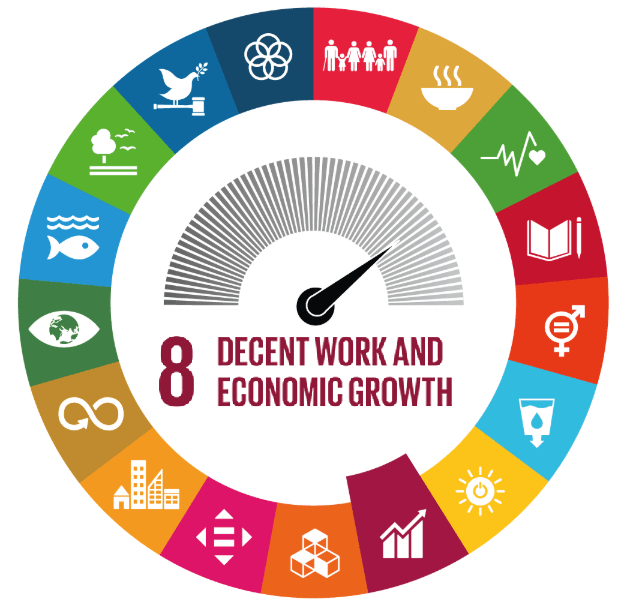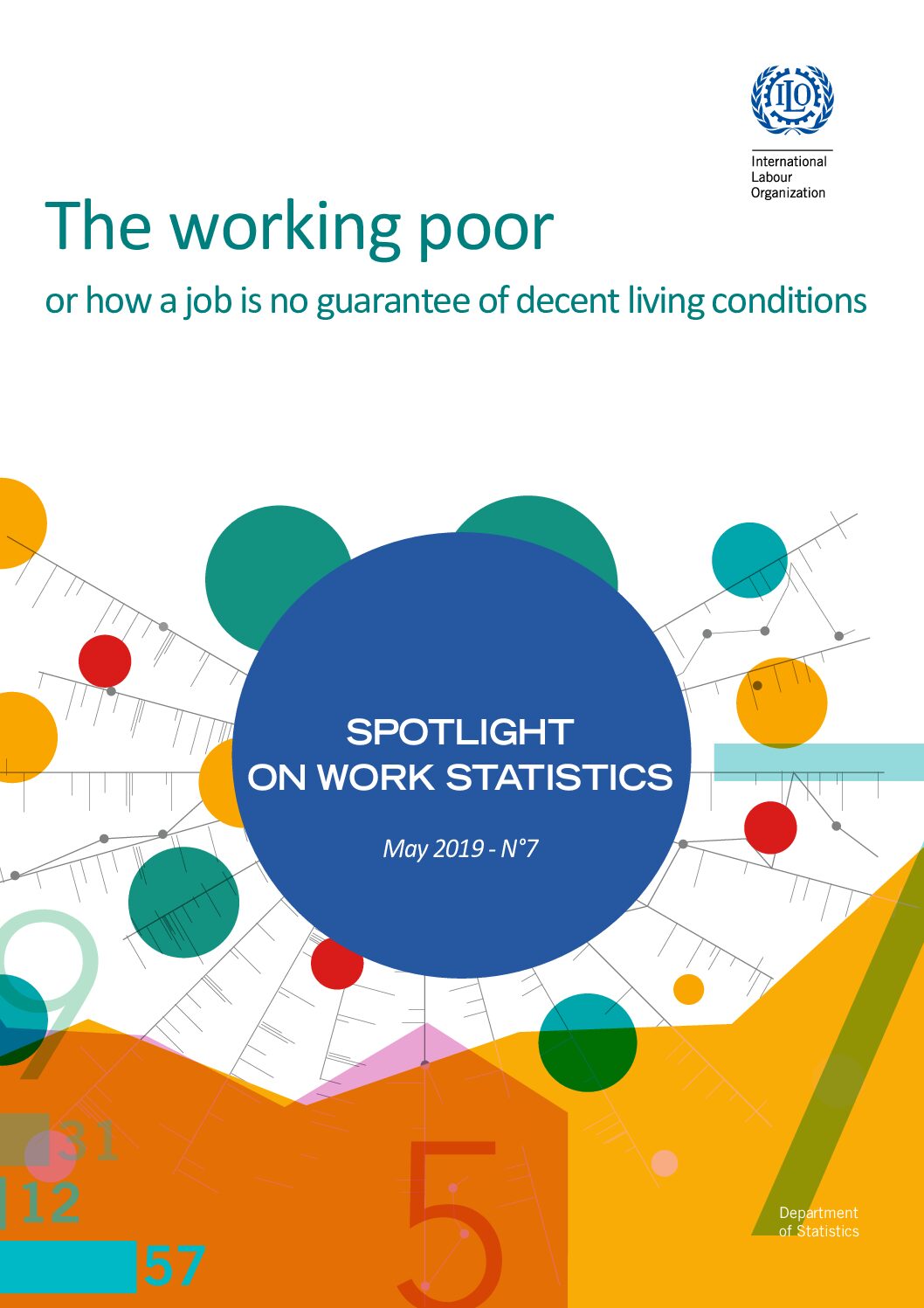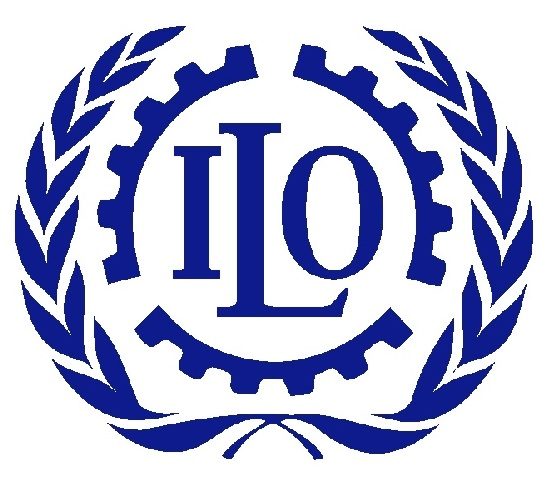Working poverty rate
This snapshot presents global and regional trends along with the most recent country-level figures. All data are ILO modelled estimates, with the underlying employment figures based on the previous statistical standards and definitions adopted at the 13th International Conference of Labour Statisticians (ICLS) (ILO, 1982). For more details, refer to the relevant databases and their […]
Working poverty rate Read More »








